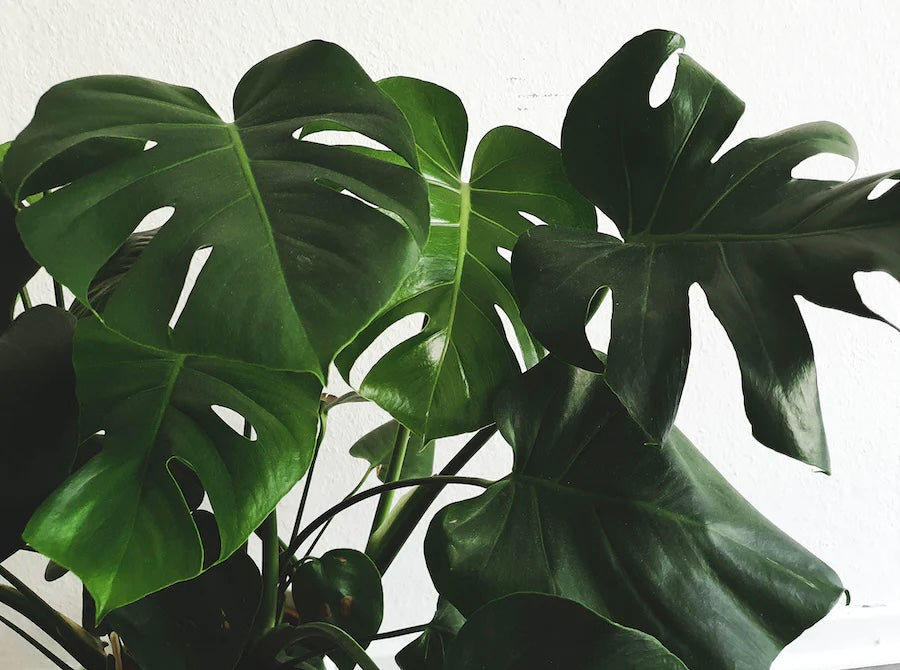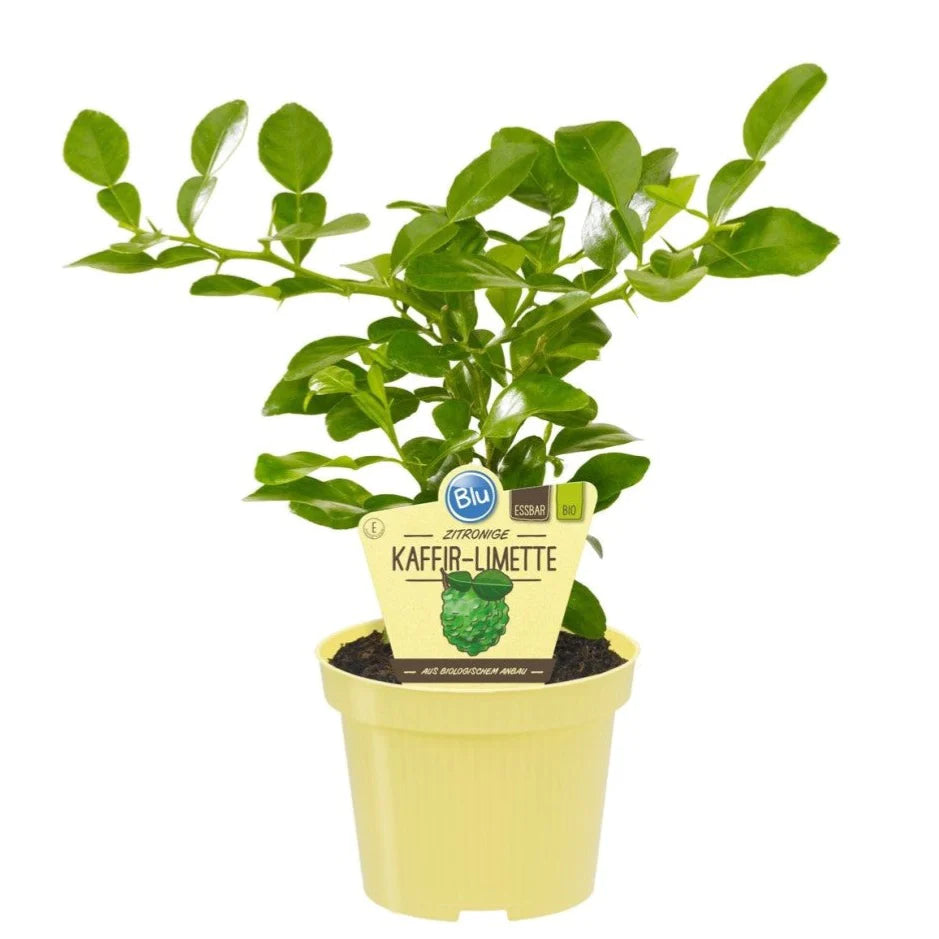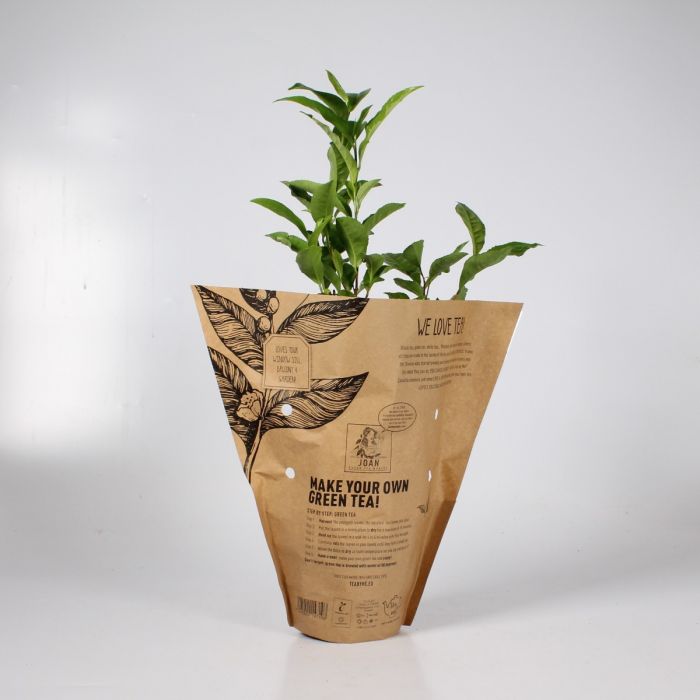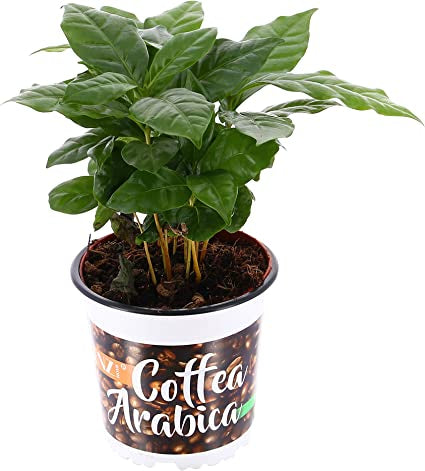Your Cart is Empty
FREE DELIVERY OVER £60
FREE DELIVERY OVER £60
PLANTS & FLOWERS
Office plants & Services
EXTERIOR PLANTING
CHRISTMAS TREES AND DISPLAYS
Monstera: The Air-Purifying Powerhouse for Your Home
4 min read

Monstera plants or as it’s often referred to Cheese plant is a classic in home and office interior. Although monstera briefly lost its popularity in favour of faux plants trend that luckily did not last too long. The recent lockdowns brought gardening into new level of trendy hobby and ever since cheese plants have become increasingly in demand in recent years, not only for their striking appearance but also for their air-purifying properties. In this article, we will explore the Monstera's air-cleaning properties, the benefits they bring, and how they compare to other popular air-purifying plants.
How do plants clean the air?
Plants clean the air through a process known as photosynthesis. Here's a general overview of how it works:
-
Absorption of Gases: Plants absorb gases through the tiny pores on the surface of their leaves, stems, and roots. These gases include carbon dioxide (CO2), volatile organic compounds (VOCs), and other potentially harmful pollutants found in the air.
-
Photosynthesis: Once inside the plant, carbon dioxide is used in the process of photosynthesis. During photosynthesis, plants absorb sunlight and use it to convert carbon dioxide and water into glucose (a type of sugar) and oxygen. The glucose is used for growth and energy, while the oxygen is released back into the air.
-
Release of Oxygen: The oxygen produced during photosynthesis is released back into the air, effectively replacing the harmful carbon dioxide the plant initially absorbed.
-
Microorganisms: Some plants also host microorganisms in their soil that can help to break down harmful pollutants, like benzene and formaldehyde, into safer substances.
-
Transpiration: Plants also improve indoor air quality through a process called transpiration. During transpiration, water absorbed by the plant's roots is evaporated into the air through the leaves. This process can help to increase humidity levels in dry environments, which can improve respiratory health.
Monstera Air Purification abilities
Monstera plants are known for their ability to help improve indoor air quality. They do this by absorbing harmful pollutants such as volatile organic compounds (VOCs) and releasing fresh oxygen through a process called photosynthesis. The air-purifying Monstera benefits extend to homes and offices, making them an excellent choice for those looking to create healthier indoor environments.
How Effective is Monstera at Purifying Air?
2 year long research by NASA in 1989 has shown that Monstera plants can effectively remove common indoor pollutants such as formaldehyde, benzene, and trichloroethylene. Their large, glossy leaves provide a vast surface area for absorbing these harmful substances, making them highly effective at purifying indoor air. Additionally, Monstera plants can help maintain healthy humidity levels in your space by releasing water vapor through a process called transpiration.
Monstera vs. Other Air-Purifying Plants:
When it comes to air purification, Monstera plants are not the only contenders. Other popular air-purifying plants include snake plants, spider plants, and pothos. While each of these plants has its unique air-cleaning properties, Monstera holds its own in terms of effectiveness. In a comparison between Monstera and other air-purifying plants, the Monstera's ability to remove VOCs makes it a strong candidate for those seeking to improve their indoor air quality.
Can you calculate amount of plants needed to clear certain size area?
Calculating the exact number of plants needed to purify the air in a 9 square meter area is challenging because it depends on a variety of factors, including the type of plant, its size and growth rate, and the specific pollutants present. However, a widely cited NASA study from 1989 suggested that for air purification purposes, you should have at least one plant per 100 square feet (approximately 9.3 square meters) of space.
Using this recommendation, you would need at least one good-sized indoor plant for a 9 square meter area. More plants could potentially increase the effectiveness of the air purification, but keep in mind that the NASA study was conducted under controlled conditions and its applicability to everyday home or office environments is a subject of ongoing discussion.
For optimal results, a combination of different plant species is usually recommended. This is because different plants are better at absorbing different types of pollutants.
Monstera for Healthier Indoor Air:
By removing harmful pollutants and maintaining healthy humidity levels, Monstera plants contribute to a healthier indoor environment. Studies have shown that cleaner indoor air can lead to improved cognitive function, reduced respiratory issues, and better overall well-being. Incorporating a Monstera plant into your home or office is a simple and aesthetically pleasing way to reap these benefits.
In conclusion, the Monstera plant is not only a visually stunning addition to your living space but also an effective air purifier. With its ability to remove harmful pollutants and maintain healthy humidity levels, a Monstera plant can help you breathe easier and improve your overall well-being. So, whether you're looking to add a touch of green to your home or seeking a natural way to enhance your indoor air quality, the Monstera plant is an excellent choice.
It's important to note that while plants do help to clean the air, they should be viewed as a complement to, not a replacement for, other air-purification methods, such as air filters.
Leave a comment
Comments will be approved before showing up.
Subscribe
Sign up to get the latest on sales, new releases and more …













































